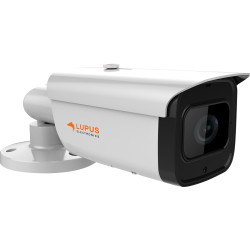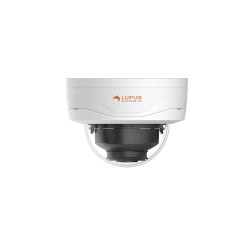- Video Surveillance Systems
- 244 likes
- 7596 views

Part 1 Network Technology
Nowadays, there are cameras for almost every surveillance need. Before purchasing a video surveillance system, it is important to clarify which image transmission technology you want to use. There are solutions that use network cables and those that use coaxial/antenna cables. Both technologies have their advantages and disadvantages - so it is important for you to consider which one is best for you.
Network or IP cameras
Network cameras are connected to your router or switch via a network cable and are therefore a direct part of your network. You can therefore use these cameras without a recorder. However, image transmission via the network cable or WLAN will always have a minimal delay - this is a technical limitation in network technology that cannot be prevented. In return, network or IP cameras today offer you the highest possible resolution for surveillance cameras up to 4K.
Since these are, as the name suggests, network devices, it is of course very important that your network can handle the amount of data generated, or that you set up your own network for video surveillance. Basic knowledge of network technology is therefore definitely helpful (but not necessary) when installing network-based video surveillance.
Vorteile und Nachteile
+ Resolution of up to 4K possible
+ Cameras can be operated without a recorder
+ Existing network cables can be used
- Must be set up correctly in the network
- If there are network problems, the cameras are also affected
When choosing the right cameras for your surveillance, it is important to first consider which technology you want to use. The choice of the right cameras then follows from this. Of course, remote access via smartphone and computer is always possible.














